New Zealand Resume Formats, Templates, and Writing Tips
Applying for a job in New Zealand? This New Zealand resume guide has some tips, FAQs, and templates to inspire you to write the perfect resume.
If you want to get a job in New Zealand, it’s important to learn how to write a great New Zealand resume.
No matter what industry you’re in, you will need a great resume if you want to land an interview.
In this article, we will discuss:
- Requirements for a New Zealand resume
- New Zealand resume sections
- How to write an effective New Zealand resume
- New Zealand resume FAQs
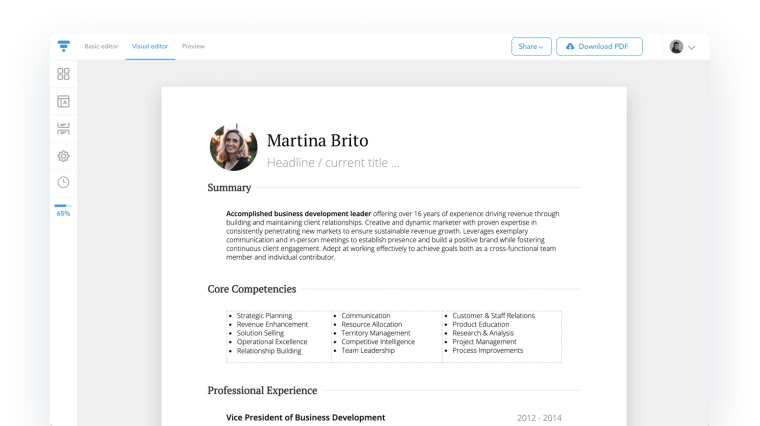
New Zealand Resume Requirements
Before writing your resume for New Zealand, it’s important to understand the expectations New Zealand employers will have. You need to include the right personal details and resume sections for your resume to be successful.
Mandatory personal details
There are certain details that are mandatory if you want your resume to be accepted. These include:
- Name
- Phone number
- Email address
- Address
Optional personal details
If you have a professional online profile, like LinkedIn, Github, or an online portfolio, you can include it in your New Zealand resume. If you do, make sure everything it contains is completely professional and appropriate for the workplace.
Do not include
Some personal details, while common in other countries, should never be included on a New Zealand resume. Do not include your:
- Photograph
- Age
- Marital status
- Health status
- Nationality
How to Write a New Zealand Resume
To write a great resume for New Zealand, it’s important to make sure you have all the right sections and feature the right experience. To make sure your resume is ready for the New Zealand job market, simply follow these steps:
1. Choose the right New Zealand resume format
There are essentially two resume formats for New Zealand: A reverse-chronological resume, focused on your work experience, or a skills-based resume, focused on your skill set.
Reverse-chronological New Zealand resume format
In a reverse-chronological resume, the Work History section is the longest and most important part of the resume. In the Work History section, you list past positions in reverse-chronological order, beginning with your current or most recent role and working backwards. In each role, list responsibilities, skills, and accomplishments.
The reverse-chronological resume format is ideal for most job seekers. It clearly shows your career progression, and demonstrates your most important tasks and accomplishments in all of your past jobs. As long as you have had a fairly typical career, with roles largely in the same industry, this is the right choice for you. This is the most straightforward resume format, and the one most New Zealand employers will expect.
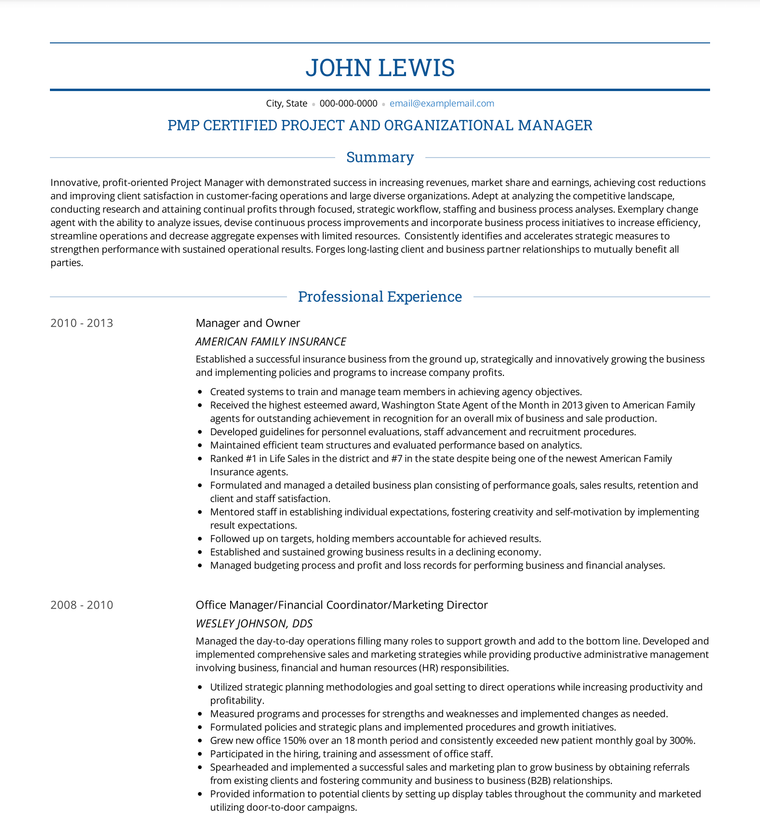
Skills-based New Zealand resume format
In a skills-based resume, the Skills section is the most prominent section of the resume. In the Skills section, you make each skill or skill area a heading, then provide a detailed explanation or list of accomplishments related to each skill. The Work History section will be shorter and less detailed, and may be reverse-chronological or sorted by relevance.
A skills-based resume format is a great choice for job-seekers who have had a less traditional career path. If your work history has had long gaps, frequent job-hopping, or significant career changes, you may want to consider using a skills-based resume format. This format allows you to foreground your skill set, so you can make sure your most impressive and most relevant skills are clear to employers when your work history does not make this obvious. This resume format is less common than the reverse-chronological resume, but it can benefit the right job-seeker.
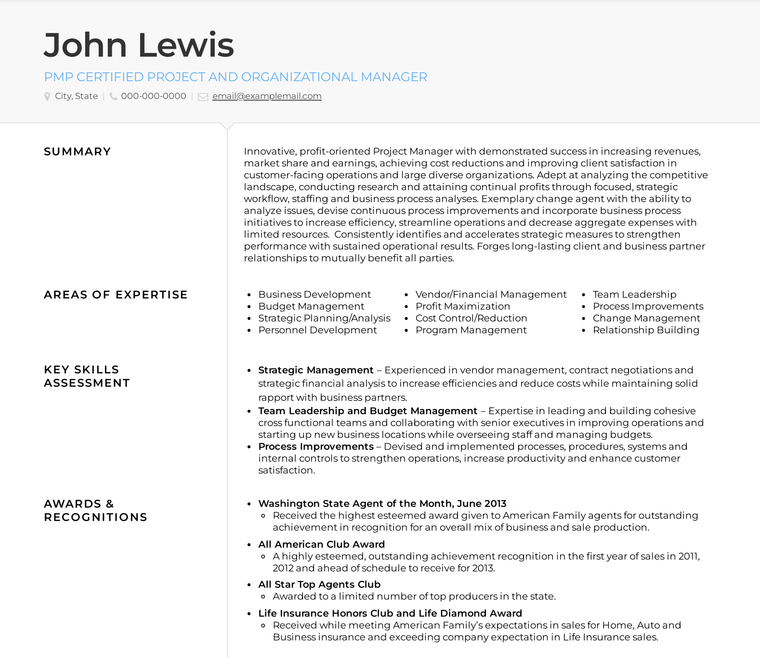
2. Select a great New Zealand resume template
The right resume template for your New Zealand job search will depend on your experience, your career goals, and your personality.
If you are in a more traditional industry, like law or finance, and you are applying for a large corporation, you will probably want to use a traditional resume template. Classic resume templates use little or no colour, a single column, and plenty of white space.
For example, VisualCV’s Standard template is a great choice for a classic New Zealand resume template.
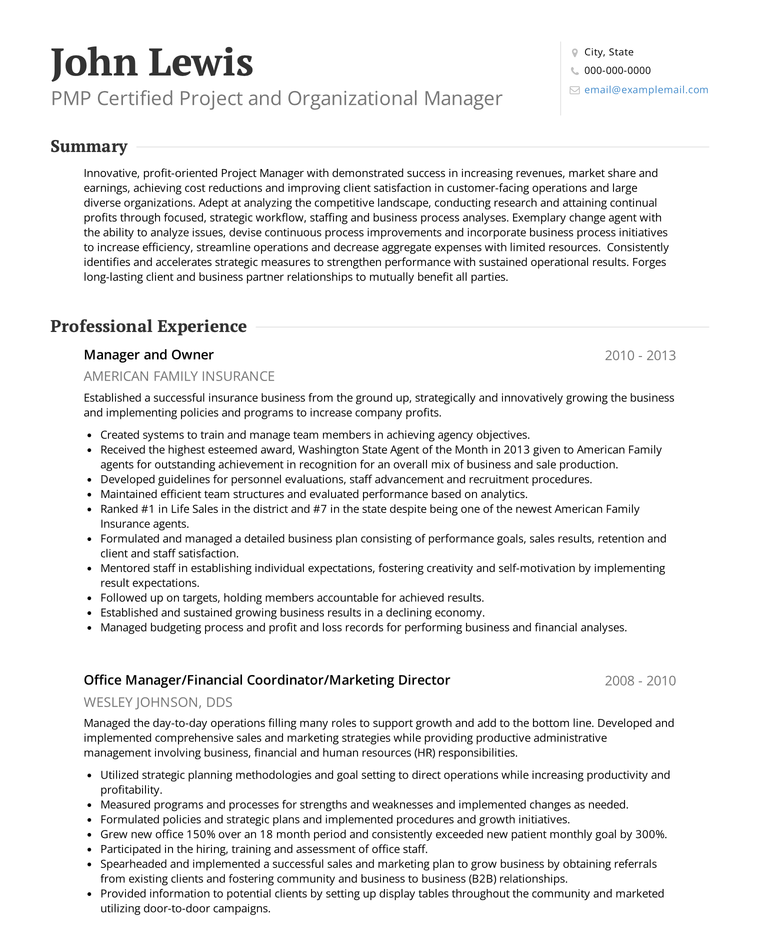
If you are in a more modern or creative industry, like social media marketing or graphic design, a visually striking resume could be a benefit to your job search. A modern resume template might include more striking colours, multiple columns, and other visual elements.
For example, VisualCV’s Quartz template offers a second column and a splash of colour that allows your resume to be expressive while remaining professional.
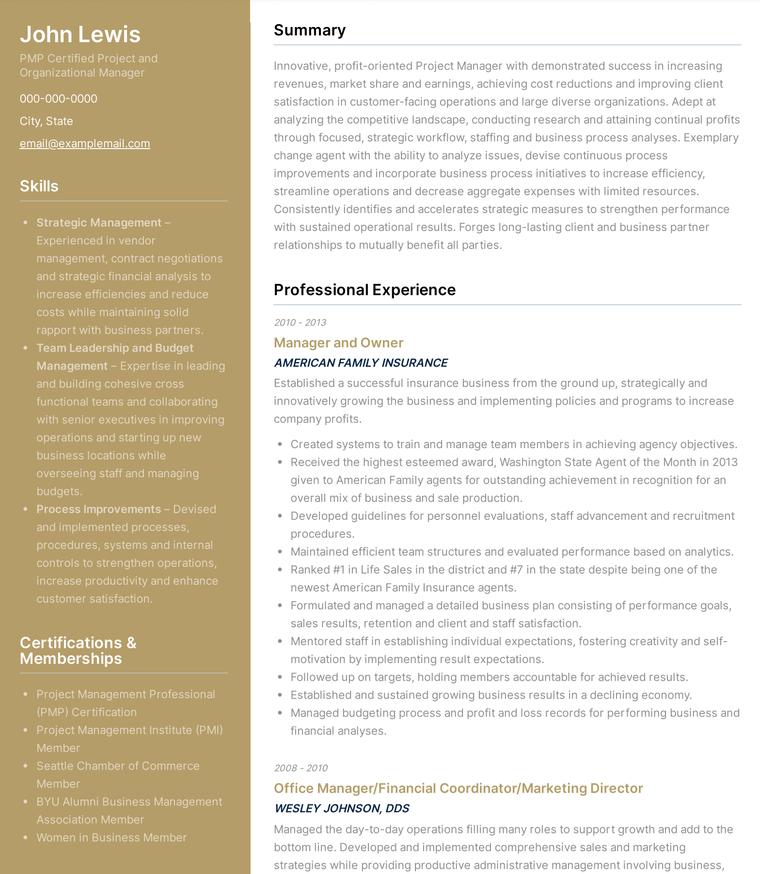
3. List your contact information
Once you have decided on your resume format and resume template, you can start adding the content to your resume. To start, make sure to list your contact information.
At the top of your resume, include your:
- Name
- Telephone number
- Email Address
- Home Address
This ensures that the employer will be able to contact you. Make sure all of your contact information is up to date, and be sure that your email address is professional and appropriate for work.
Optionally, you can also include a link to a professional online profile, like a personal website or LinkedIn account. This will give employers greater insight into your career and online presence. If you do, however, make sure everything on the account is completely professional and appropriate for work.
4. Write a great personal statement
At or near the top of your resume, many job-seekers include a Summary, Objective, or Personal Statement. This section is optional, but a great professional summary can be a great way of introducing yourself to an employer and ensuring that your key qualities are easy to find, right at the beginning of your resume.
In a Summary or Personal Statement, offer some key skills, accomplishments, or qualifications that make you a great candidate for the position you are applying for. This section should be short–only a few sentences or bullet points–but impactful. By listing some key details up front, you can impress hiring managers right away and convince them to keep reading.
Objective statements are more rare, and are sometimes seen as outdated. We recommend including a Summary instead. If you do include one, however, briefly describe your career goals and how your experience relates to the position you are applying for.

5. Showcase your work experience
Your Work Experience section is the longest and most important part of your resume. In this section, you can list all of your previous positions in reverse-chronological order, beginning with your current or most recent job.
For each job, include the:
- Job Title
- Company Name
- Dates of Employment
- Job Description
The job descriptions of each role can be the most effective parts of the resume. These sections are where you can list your achievements, skills, and abilities so the employer knows exactly what you bring as an employee.
To write great job descriptions, make sure to focus on achievements rather than responsibilities. Accomplishments are more impressive than duties, and a job description focused on success is going to catch the hiring manager’s eye.
If you’re having trouble thinking of accomplishments for each role, try to come up with measurable aspects of the job. This can be things like sales, customer growth, and budgets. Anything you can put a number to will look great on a resume. Using numbers to describe your experience simultaneously provides concrete examples of your experience, while showing that you are a data-driven worker who keeps track of your performance.
Further, use active language as much as possible to describe your work experience. Action verbs like “spearheaded”, “led”, and “developed” show that you are a dedicated worker with leadership qualities. It’s important to sound like you can think for yourself and take initiative, and describing your experience in the right way can help you do this.
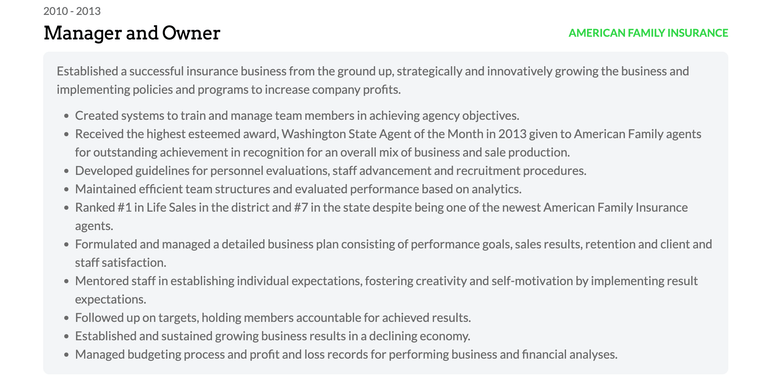
6. List your skills
Writing a great Skills section in your New Zealand resume can be the push that your resume needs to land you an interview. If your Skills section has just the right technical skills and personal attributes the employer is looking for, your resume is sure to be taken to the next stage.
It’s important to include both hard skills and soft skills in your resume. Hard skills are the professional skills specific to your career, like logistics, welding, or JQuery. Soft skills are the people skills that make you a great person to work with, like communication, problem solving, and time management.
To write a great Skills section, make sure to think carefully about the job you’re applying to. The company will have specific technical skills they’re looking for, so it’s important to make sure you have the right skills. List the most relevant skills right at the top of the list.

7. List your education and qualifications
Your education is an important part of your career story. Below your Skills and Work Experience sections, include a section for your degrees and other certifications. In your Education section, list accreditations in reverse-chronological order. For each item, include the:
- Degree Name
- School Name
- Month of graduation
If you have other certifications you would like to include, such as workshop certifications, associate certificates, or post-secondary courses, you can include them in your Education section as well. Some job-seekers call this section Qualifications so that the different certifications will all fit in.

8. Add Referees
It is customary to include a section for Referees, sometimes called “References”, in your New Zealand resume. If you have space, you can include the full details for each referee, including their name, job title, organization, and contact details.
If you don’t have space, or if you would prefer to keep your referees’ details private until they are needed, you can simply write “Referees available upon request” in your Referees section.
9. Customize your resume
Once all of your qualifications have been included, it’s important to customize your New Zealand resume for every application.
To do this, carefully study the job description of the position you are applying for. The company will have specific skills and experience they are looking for. Take note of the key words and phrases used in the job description, then use them in your own resume. The closer your own skill set matches the job requirements, the more likely you are to be invited to an interview.
New Zealand Resume FAQs
The steps above are a great way to write a New Zealand resume, but you may have a few lingering questions. With these FAQs, your questions will be answered:
How long should a New Zealand resume be?
Your New Zealand resume should be one or two pages long.
For most job-seekers, one page is enough. If you are a mid-career professional, you should be able to condense your skills and experience to a single page. If you are having trouble, just focus on the best and most relevant details.
If you are highly experienced, with decades of experience to display, you can consider using a two-page resume. If you do this, however, make sure you can fill both pages, and make sure everything you include is truly important. Hiring managers aren’t likely to read the second page of a resume unless your experience is extraordinarily impressive.
Is it “New Zealand resume” or “New Zealand CV”?
In New Zealand, the terms “resume” and “CV” are usually used interchangeably. However, both refer to the shorter “resume” document. “CV” refers to what American job-seekers would call a “resume”, not the longer “curriculum vitae”.
Should you include a picture in your New Zealand resume?
No, you should not include a picture in your New Zealand resume. It is not common to include a photograph of yourself with your job application, and employers do not expect it. In fact, your resume could be rejected for including a picture.
What are the best fonts for a New Zealand resume?
For a New Zealand resume, it is best to stick to a readable and professional font. Effective resume fonts might include Open Sans, PT Serif, or Assistant.
Many job seekers use two typefaces in their resume, one for headings and one for body text. If you do this, using a serif font for headings and a sans-serif font for body text is often visually pleasing.
What is the best file type for a New Zealand resume?
The ideal file type for a New Zealand resume is a PDF. With a PDF, you can be sure that your resume will look the same on every computer, no matter what operating system or PDF viewer they are using.
Many job-seekers use a Word document, but Word documents may have formatting issues if opened with a different type of computer or word processor. If you want to make sure your resume looks the same to an employer as it does to you, use a PDF.
Copyright ©2025 Workstory Inc.